Amenities That Attract Office Tenants
How are office amenities changing? Panelists on the Workplace Evolution panel at the National Association of Real Estate Editors annual real estate journalism conference talk about what helps tenants retain workers and keep them in the office longer.
By Suzann D. Silverman
Today’s office amenities are all about retaining workers and keeping them in the office longer—and for office property owners, that requires application to the entire building. That’s the word from the Workplace Evolution panel at the National Association of Real Estate Editors annual real estate journalism conference last week in Las Vegas.
“The tenant experience is of utmost importance,” declared Michael Anderson, executive vice president of Colvill Office Properties, who noted that while desired amenities aren’t new, they’re being thought through much more methodically now.
“Recruitment and retention is the No. 1 goal for real estate,” echoed Cushman & Wakefield Director Natalie Snyder Bode. That’s because what entices tenants’ employees to stay longer in turn encourages the tenants to remain, noted Robert Perry, U.S. Head of Strategic Partners for CBRE Global Investors.
ROBERT PERRY TALKS INVESTMENT STRATEGY
And the most-preferred amenities are basic: Places for employees to eat and places to park their cars. The building should include a variety of lunch options, at different price points, Bode advised—a deli on site and walkable proximity to restaurants, as well as ample parking, whether in a garage or a surface lot.
The Real Thing
Authenticity is also important, according to Perry, noting that an identity with the local market resonates with tenants. Providing that is part of offering a level of service “that’s almost hospitality-like,” he observed.
That’s almost literal: The building’s lobby, like a hotel, is opening up, inviting more activity, according to Anderson. That might mean providing an inviting collaboration spot for a tenant’s employees to sit down or encouraging interaction between tenants. It also offers an opportunity for interaction between the property management team and tenants, Perry added.
One of the biggest impediments to achieving this is the security desk, he noted, but owners are beginning to develop creative ways to make this area more welcoming. Anderson compared the results to a concierge desk.
Shared Space
As the concept of shared space as an auxiliary office catches on, owners are also beginning to consider how best to capitalize on this—whether that be partnering with WeWork or another coworking provider, or even developing their own brand, Anderson noted.
That is giving rise to a whole new consideration, Perry observed: the need to make TI selections for future tenants, right down to countertops, kitchenette fixtures and furnishings, in the creation of what he termed “spec suites.” It also requires cabling for voice and data, and simplified, non-negotiable leases that are easy to complete and devoid of legal fees, Bode said, terming these arrangements ideal for smaller tenants.

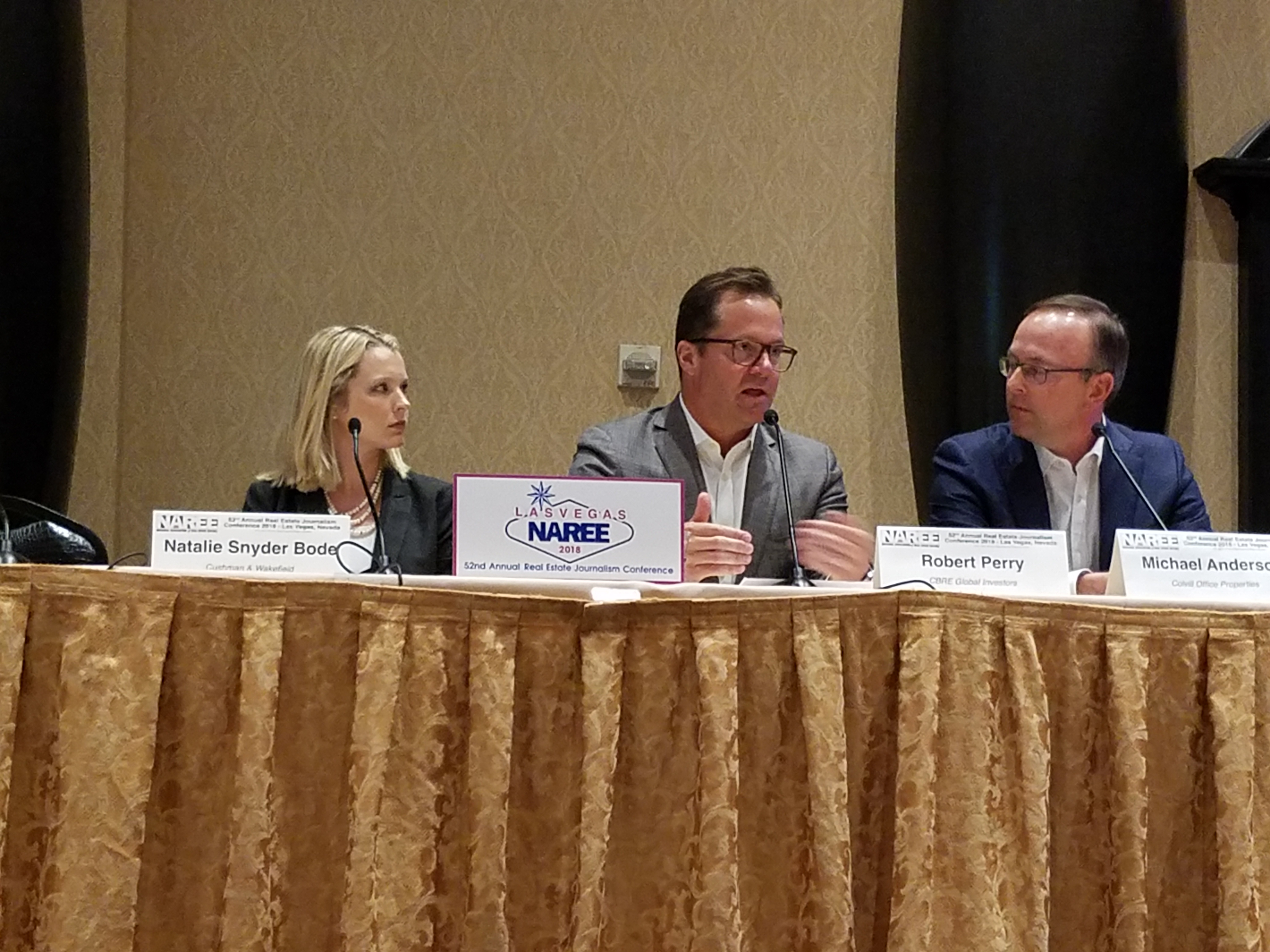

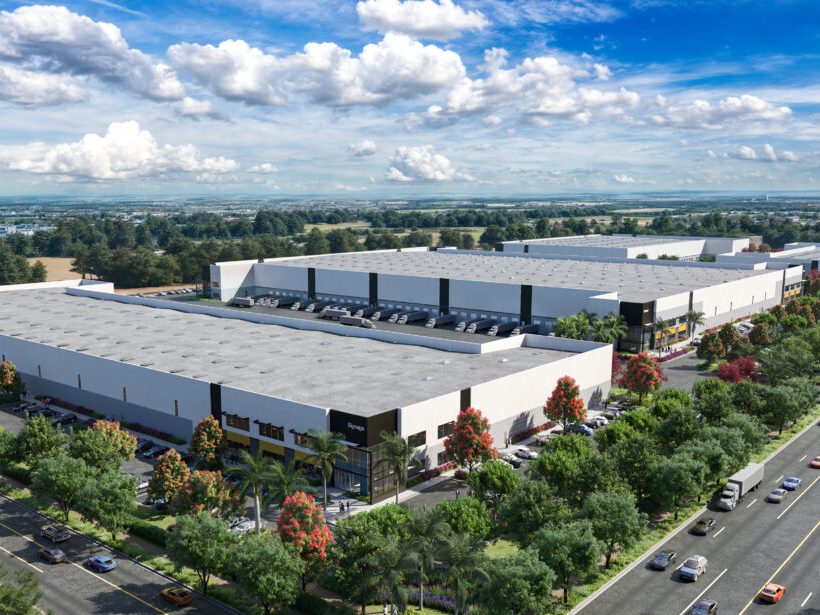
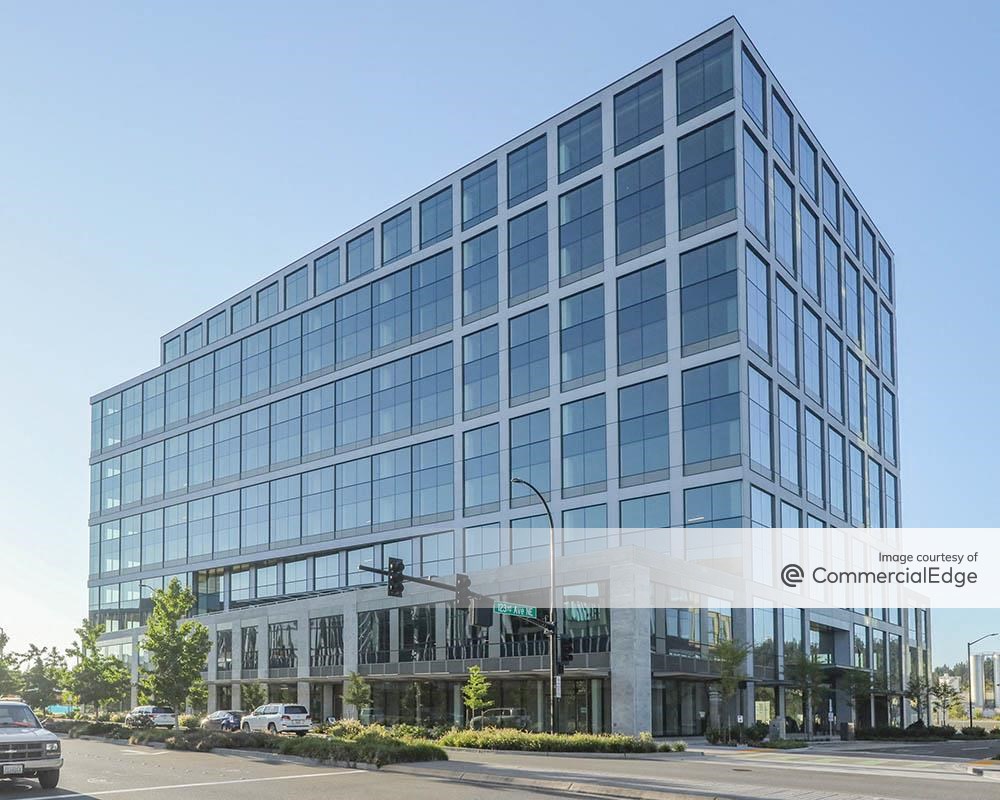
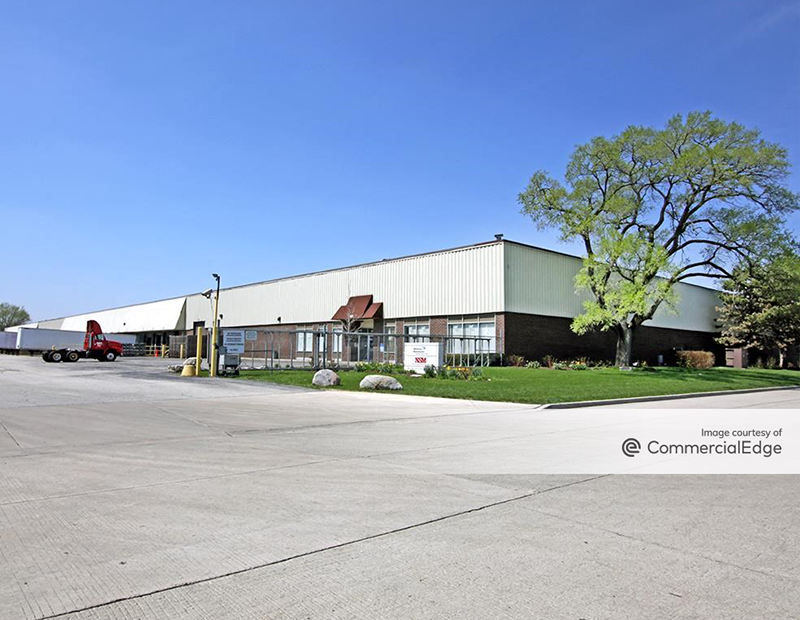
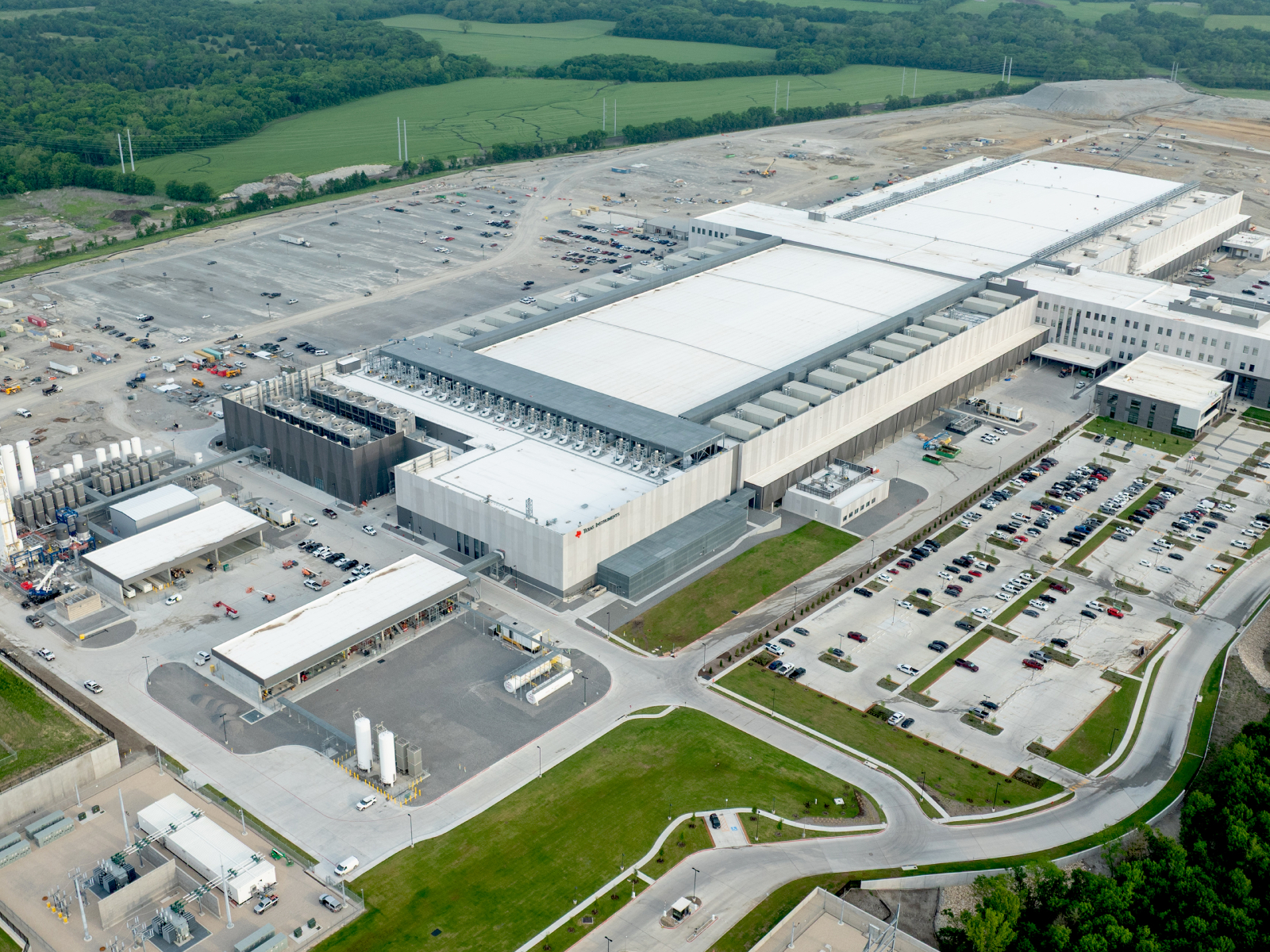


You must be logged in to post a comment.